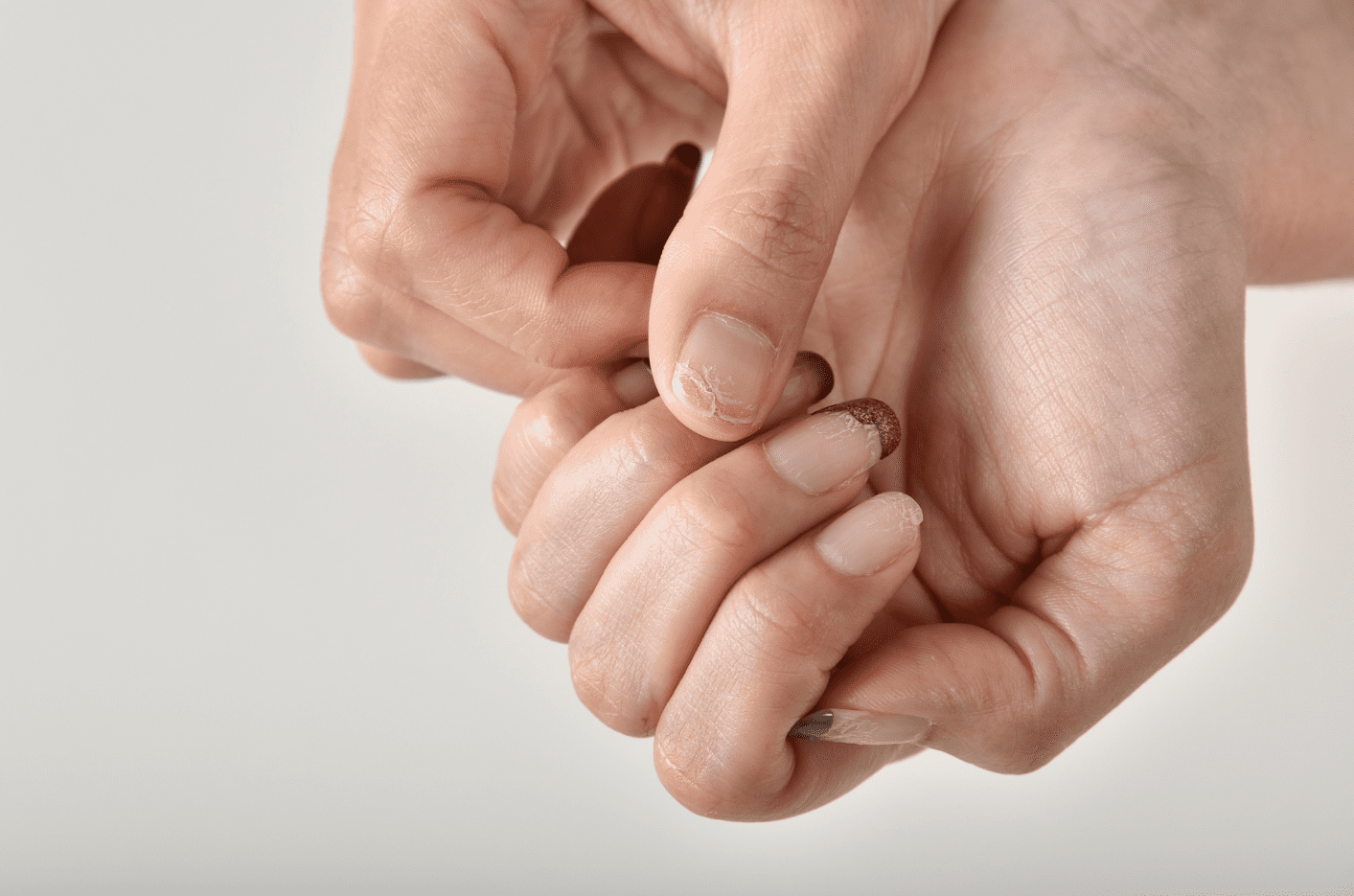
Infections of the fingernails or toenails called fungus can result in thick, discolored nails that are more prone to breaking and cracking. Toenails tend to get infections more frequently than fingernails do. Onychomycosis is the medical term for fungal nail infection.

You may have nail fungus if any of your nails are:
- Brittle, fragile, or ragged
- Thickened
- Inverted in shape
- If you notice a yellow-brown to whitish discoloration, a dark shade caused by dirt gathering under your nail, or a somewhat unpleasant odour. It means such a nail is infected and needs to be treated immediately.
How is a fungal nail infection gotten?
Many different kinds of fungi (yeasts or molds) that exist in the environment might result in fungus nail infections. These germs can enter your nail through tiny holes in the skin around it or in your nail, inflicting an infection.
How can nail fungus be prevented?
- Keep your fingernails and toenails clean and short.
- Maintain clean, dry hands and feet.
- Never lend out your personal nail clippers to anyone.
- Avoid going barefoot in places like baths or locker rooms.
- When going to a nail salon, we advise you to go with your personal tools such as scissors, nail clippers, etc. You can purchase your own manicure kit from us at an affordable rate.
For additional information about maintaining healthy nails and cuticles, please visit here.
How can nail fungus be treated?
Without antifungal medication, fungus nail infections frequently persist and can be challenging to treat. Caring properly for the infected nail and avoiding water from it as much as possible is advised. To treat or prevent nail infection, we recommend Our Thymol Fungal Treatment. In extreme circumstances, a doctor’s prescription will be needed.



